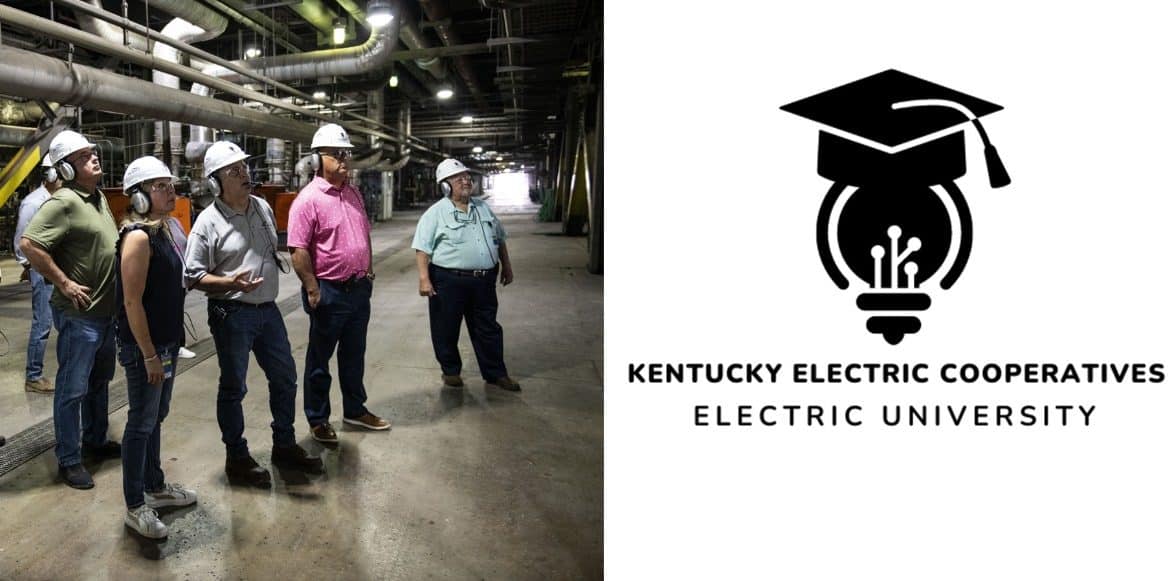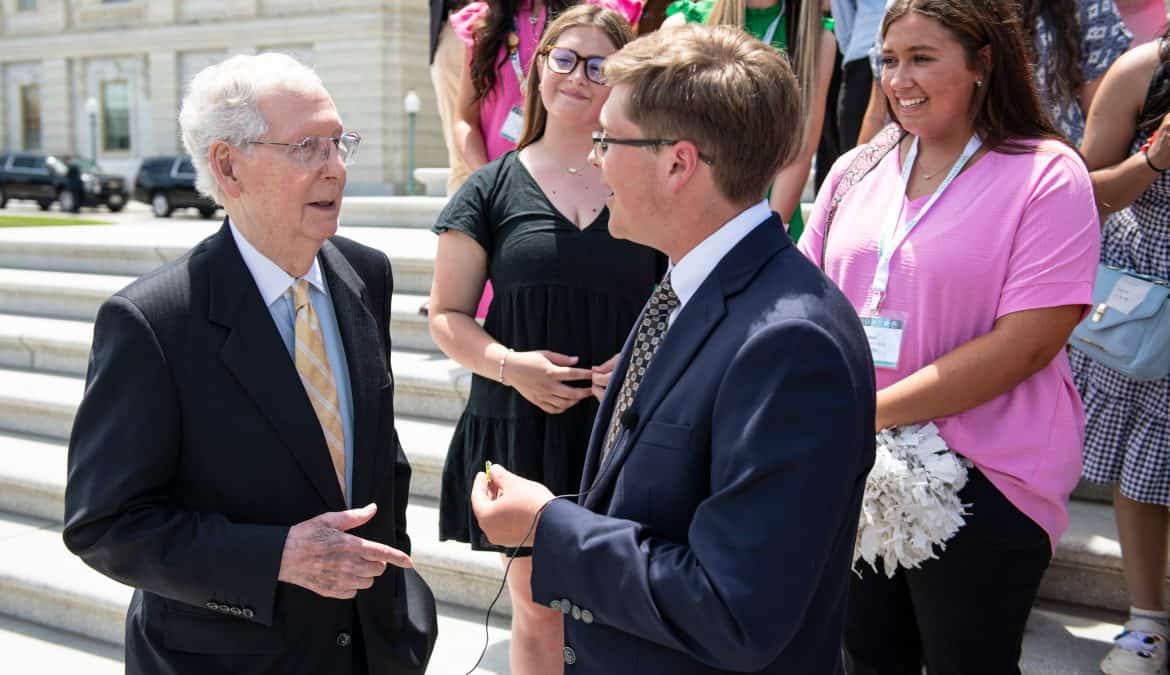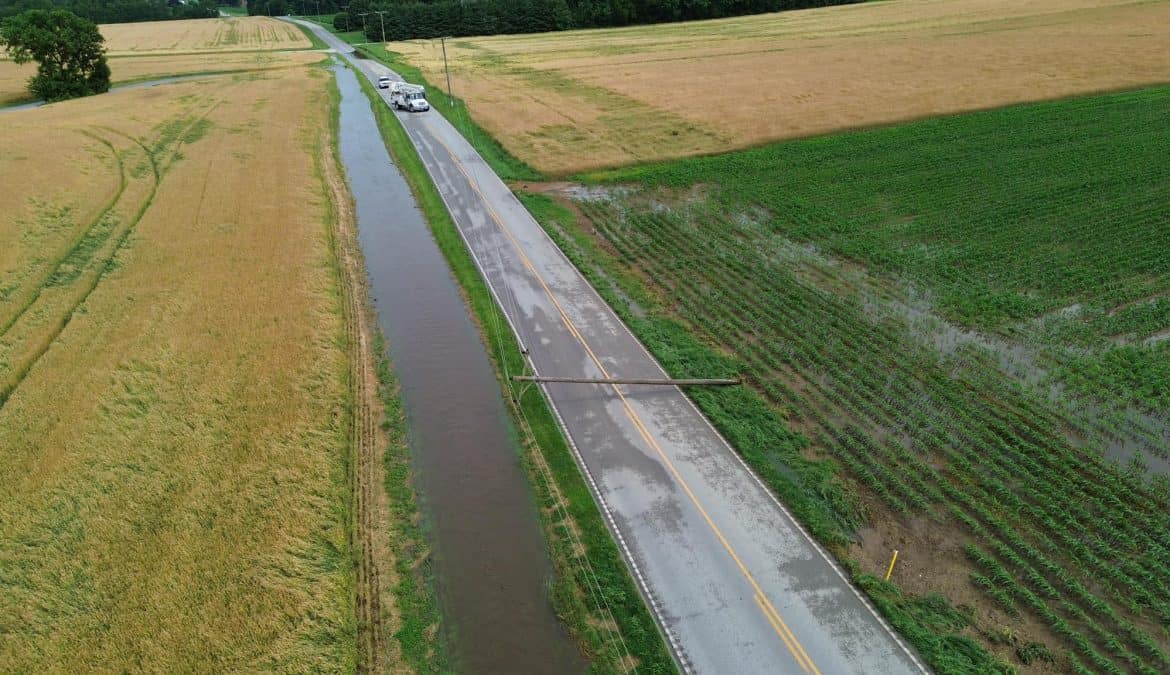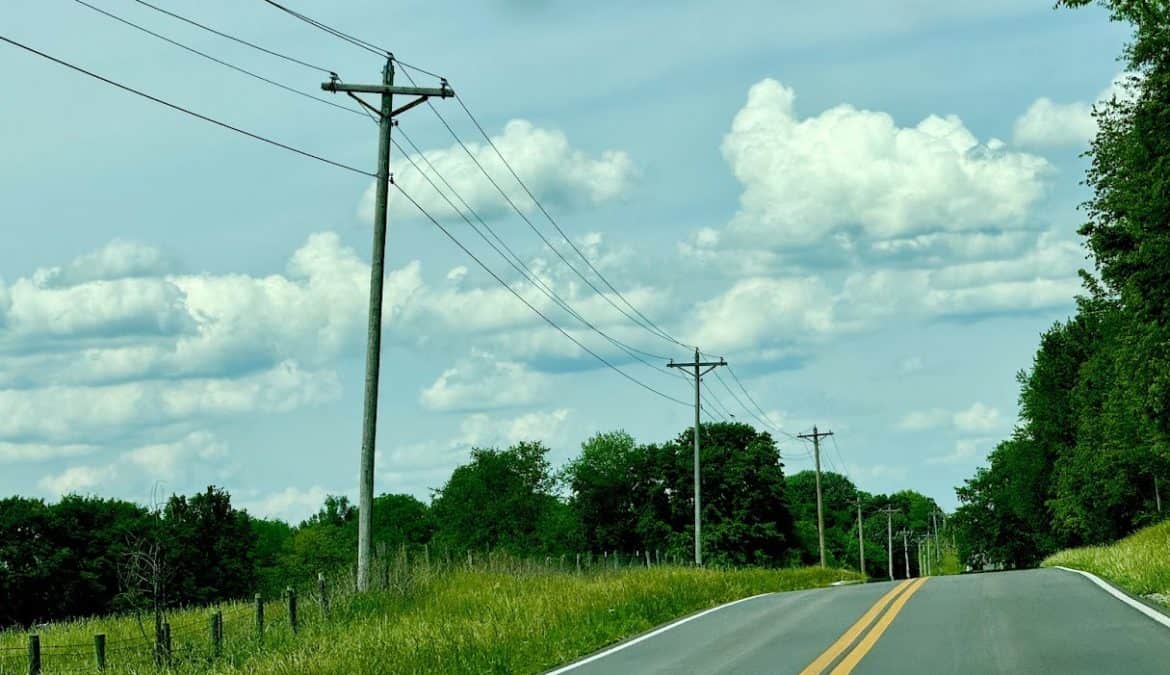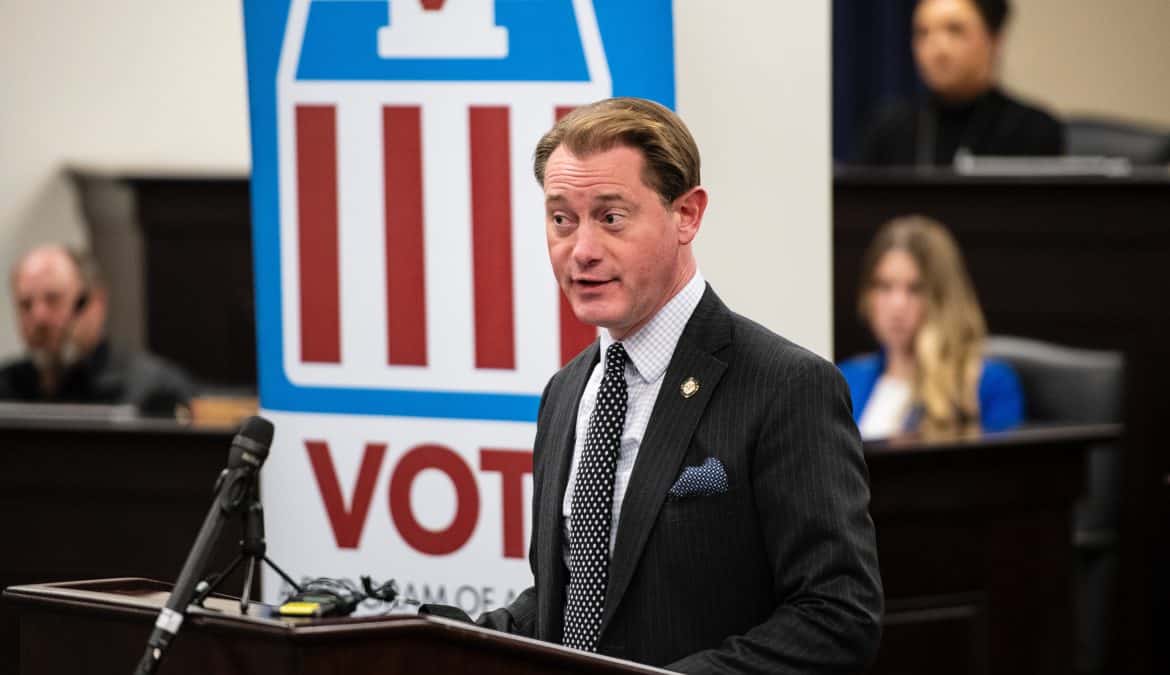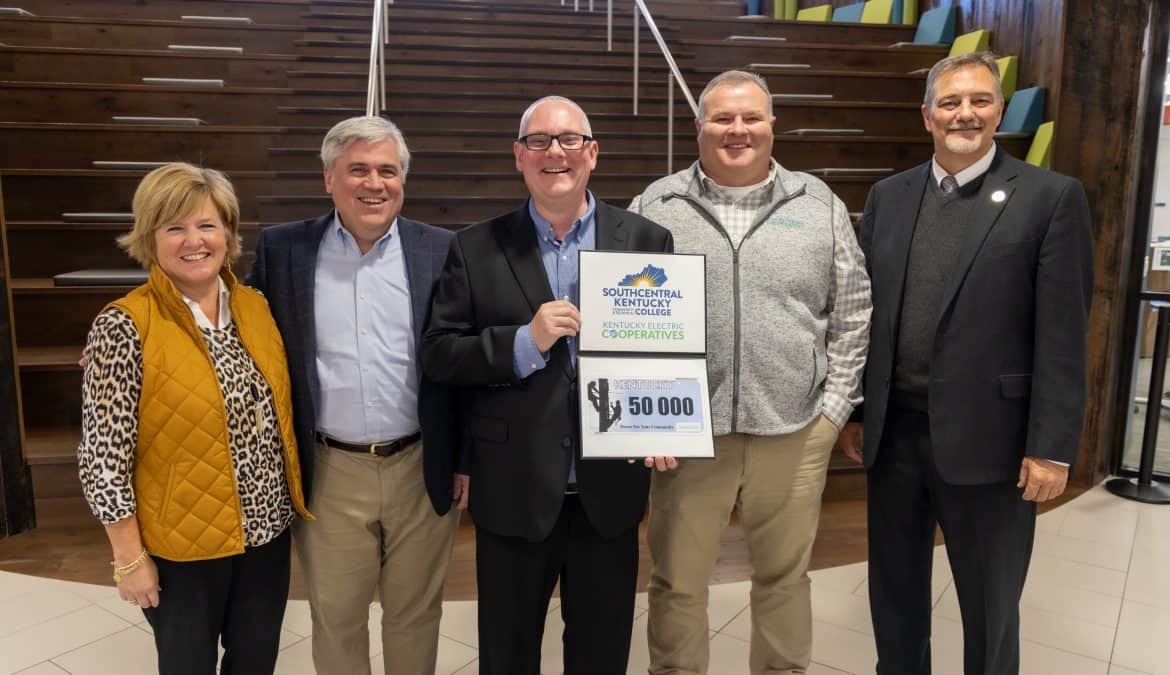Gov. Andy Beshear updated Kentuckians on the state’s ongoing response to strong storms that moved through the commonwealth yesterday.
“Communities across Kentucky experienced storms that produced strong winds, multiple tornadoes and hail in some places. The storm knocked out power for thousands of Kentuckians, temporarily shut down numerous roads and interstates, and caused massive damage to homes and businesses,” Gov. Beshear said. “But like we always see after severe weather events, first responders and everyday Kentuckians rallied to help each other in those toughest moments.”
Sadly, the Governor reported there are four confirmed fatalities related to the storms. The deaths occurred in the city of Louisville as well as Hardin, Hopkins and Mercer counties.
“That means we know that there’s at least four families this morning that suffered the loss of a loved one less than 24 hours ago and are hurting,” Gov. Beshear said. “We ought to rally around and do everything we can to carry them in the days, the weeks and the years to come.”
In addition to the four deaths, a Hopkins County man was injured and is currently in the hospital in critical condition.
The Governor is traveling to the hardest impacted areas in Hopkins and Muhlenberg counties to view storm damage and speak with local officials and family members. He also urged those who have experienced storm damage to take photographs before cleaning up and report the damages to local county emergency management officials.
Kentucky Emergency Management Director Eric Gibson and Kentucky Transportation Cabinet Secretary Jim Gray joined the Governor at the state’s Emergency Operations Center in Frankfort to provide updates.
“Crews mobilized yesterday and worked through the day and overnight to help clear roads of trees on state-maintained routes and to support first responder and utility restoration efforts,” said Secretary Gray. “Clearing roadways could take time, especially if it requires clearing downed power lines first. Our Team Kentucky crews are dedicated to keeping travelers safe. Please watch out for them on the roads, drive alert and slow down.”
KYEM Director Gibson stressed that help remains available, “The number I wanted to make sure that I shared with you is to our 24-hour watch center that is staffed around the clock here, and this number is not only good when we are in the middle of a storm but if there’s something that you need that you think that Kentucky Emergency Management can provide, we keep staff here 24-7. 1-800-255-2587 – that will be something you want to use if you’re having trouble making contact with your KSP post or local emergency management, as we know they are extremely busy right now.”
Key Updates
The Governor declared a state of emergency and implemented the state’s price gouging laws as storms produced multiple waves of heavy showers and thunderstorms, bringing strong winds, large hail and strong tornadoes. Consumers in the commonwealth can report price gouging to the Office of the Attorney General.
The Emergency Operations Center was activated to a Level 3 status and response efforts by: Kentucky Emergency Management, Transportation Cabinet, Kentucky State Police, the Energy and Environment Cabinet, the Department for Public Health, the National Weather Service, Kentucky State Parks, Forestry, Red Cross and many others.
Fourteen counties have declared a State of Emergency. Emergency declarations in: Bullitt, Caldwell, Clay, Clinton, Hopkins, Knox, Logan, Lyon, Marshall, McLean, Muhlenberg, Simpson, Todd and Trigg counties. The five cities with declarations are: Albany, Cadiz, Dawson Springs, Manchester and Russellville.
Owensboro Health in Muhlenberg County lost power and was operating on back-up generators before power was restored. There are also four long-term health care centers on generators, including two in Dawson Springs, one in the city of LaCenter and one in the city of Greenville.
The Division of Forestry has deployed seven saw teams to remove fallen trees and debris. The Kentucky National Guard has stepped up to help once again to join the Division of Forestry in Christian and Muhlenberg counties.
Our Kentucky State Police worked around the clock answering calls and responding to calls of distress. Unfortunately, KSP communication was hit hard by last night’s storms and several KSP post phone lines were knocked out. Several KSP posts have phone lines down and alternate numbers are being provided. These numbers are available at KentuckStatePolice.org and on KSP social media channels.
The Red Cross has one shelter open in Clay County after a tree fell on an apartment building and is currently sheltering six residents and is working to identify any additional needs.
High water, downed trees and other damage have been reported in about 45 counties, mainly in Western Kentucky.
Transportation crews, with assistance from forestry chainsaw teams, will continue to cut trees and clear debris as quickly as possible today to maintain access for emergency responders. Clearing roadways could take time, especially if it requires clearing power lines first.
Motorists should avoid travel, especially in heavily damaged areas, to keep themselves safe and give crews room to work. If you must travel, stay safe by buckling up, watching for debris still alongside highways, and never drive through high water – turn around don’t drown.
Gov. Beshear added, “Kentucky has been through so much, and we continue to remain grateful for our first responders and transportation employees who are working to keep all our families safe and clear roadways.” (more…)


